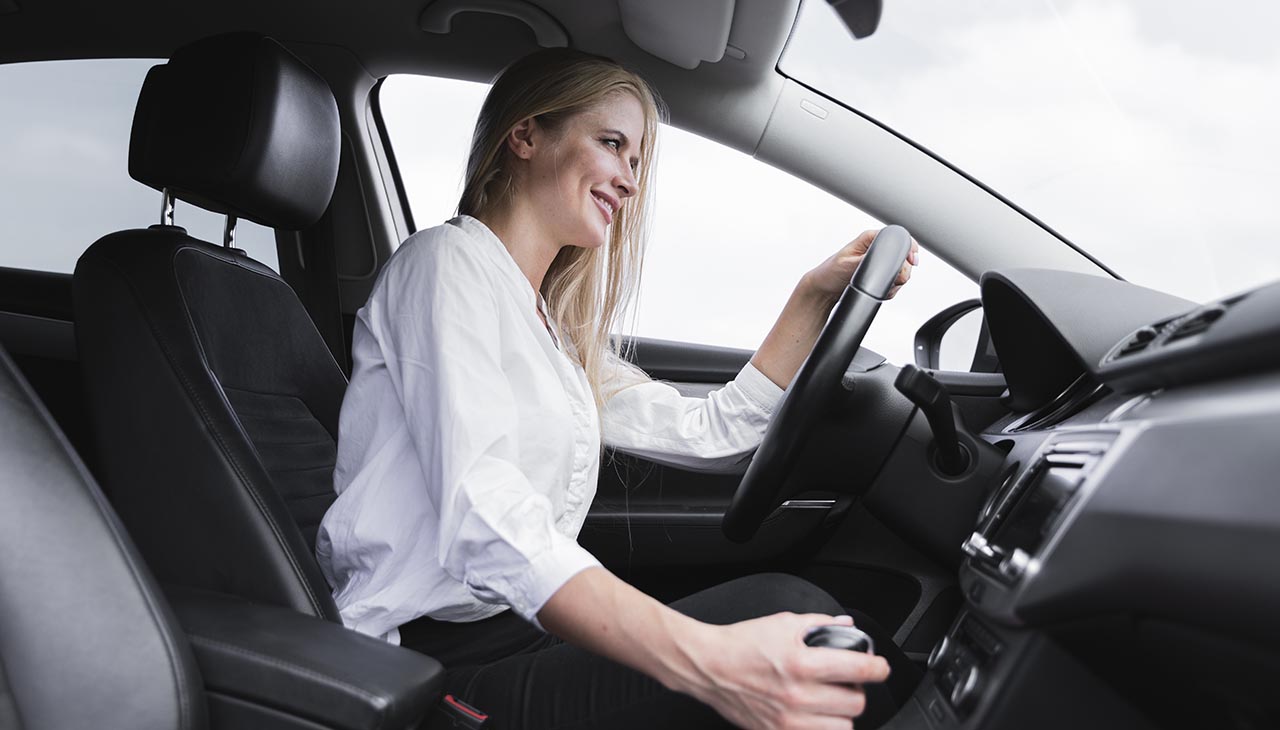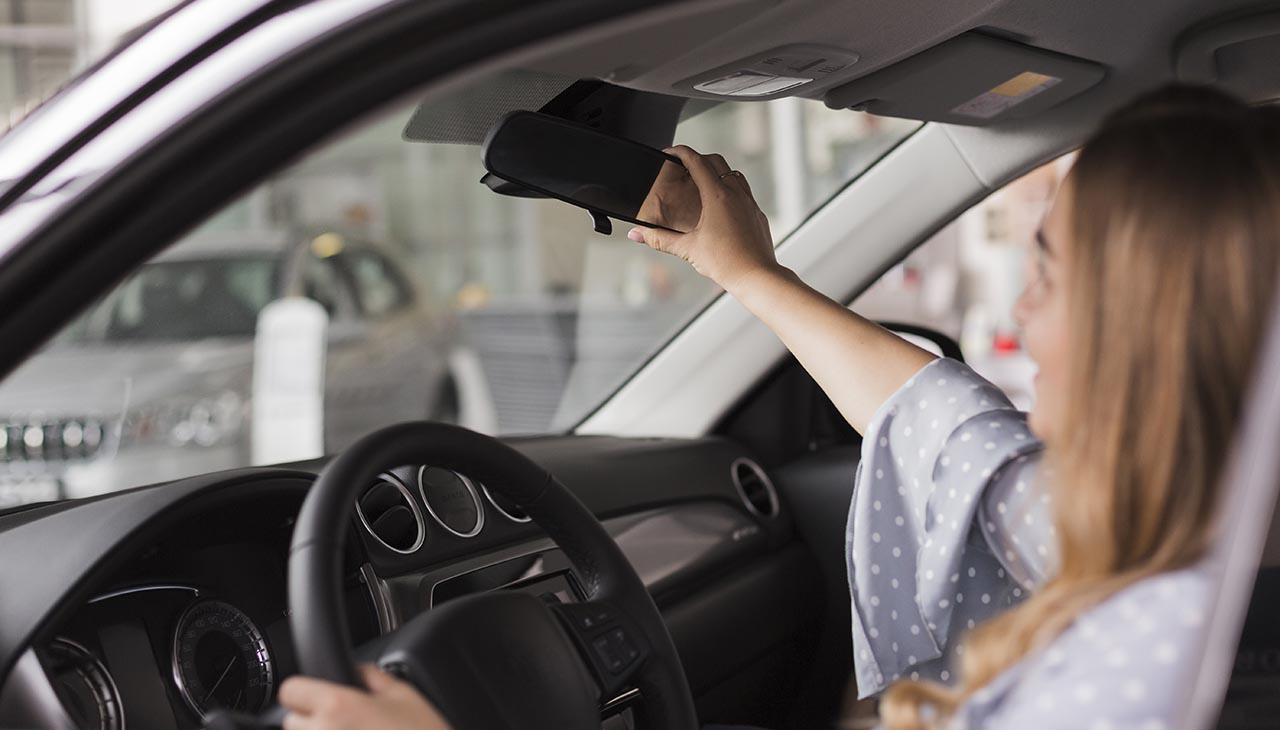Navigating the roads safely is of paramount importance for drivers everywhere. Defensive driving techniques offer a proactive approach to road safety, aiming to reduce the risk of accidents through anticipation of potential hazards and making well-informed decisions behind the wheel. This guide outlines key strategies to enhance your driving skills, ensuring that you not only protect yourself but also contribute to the safety of others on the road. From maintaining a safe following distance to being aware of your surroundings, we’ll cover essential practices that should become second nature to every responsible driver.
Situational Awareness
Situational awareness is crucial in defensive driving and involves constantly monitoring the environment around your vehicle. By understanding your surroundings and being vigilant, you can anticipate potential hazards before they become imminent threats. This means keeping an eye out for erratic drivers, pedestrians, cyclists, and animals that may unexpectedly enter your path. Additionally, maintaining a safe following distance is integral to situational awareness. It provides you with enough time and space to react and make informed decisions in case the vehicle ahead of you stops abruptly or if an unforeseen obstacle appears on the road. Adhering to the “three-second rule” is a practical method to ensure you’re keeping a safe distance, adjusting for weather conditions and traffic speed accordingly.
Avoiding Distractions
Avoiding distractions is another fundamental aspect of defensive driving. In today’s connected world, mobile devices have become one of the most significant distractions for drivers. It’s essential to put away mobile devices while driving to ensure full attention to the road and the task at hand. This can involve turning off your phone or setting it to “Do Not Disturb” mode before starting your trip. Similarly, limiting conversations with passengers allows you to maintain focus on driving. Engaging in deep or emotional discussions can significantly divert your attention from potential hazards. Additionally, avoiding multitasking while behind the wheel, such as adjusting the GPS, changing music tracks, or eating, is crucial. These activities might seem insignificant, but they require cognitive and sometimes visual attention that should be dedicated to driving. By minimizing distractions, drivers can significantly improve their reaction times and decision-making capabilities in response to unexpected situations.
Speed Management
Speed management is a critical component of defensive driving, requiring drivers to adhere to posted speed limits at all times to ensure safety. Speed limits are established based on the typical road, traffic, and weather conditions of an area, and sticking to them can significantly decrease the likelihood of accidents. However, equally important is the adjustment of speed based on current road conditions. For instance, during poor weather conditions such as rain, snow, or fog, reducing your speed below the posted limit can provide additional reaction time and help prevent skidding or losing control of the vehicle. Similarly, in heavy traffic, slowing down can help manage the space around your vehicle, giving you more time to react to abrupt changes. Furthermore, allowing extra time for travel to accommodate unexpected delays can alleviate the urge to speed. Planning your route with additional time built in for traffic, construction, or weather delays means you’re less likely to rush, making a safer driving environment for yourself and others on the road.
Defensive Maneuvers
Properly Using Turn Signals
Properly using turn signals is an essential aspect of defensive driving and courteous road behavior. Turn signals serve as a communication tool to inform other drivers of your intentions to make a turn or lane change. This simple action can significantly reduce the chances of collisions by giving other motorists and pedestrians adequate warning to react accordingly. Always activate your signal well in advance of making a turn or changing lanes, typically at least 100 feet before the maneuver, to ensure others have sufficient time to notice and adapt to your actions. Remember, using turn signals is not just a courtesy; it’s a legal requirement in many jurisdictions.
Yielding the Right of Way
Yielding the right of way is a fundamental rule that governs the flow of traffic and prevents accidents. Understanding when to yield is crucial for maintaining safety on the roads. Generally, drivers should yield to pedestrians, cyclists, and vehicles that are already in an intersection or on a main road when entering from a smaller road or driveway. Additionally, during merging on highways or at roundabouts, being aware of who has the right of way and yielding accordingly is vital. Yielding the right of way helps avoid confusion and conflict, promoting smoother traffic flow and reducing the potential for collisions.
Knowing How to Respond to Aggressive Drivers
Encountering aggressive drivers on the road is unfortunately a common experience. Dealing effectively with road rage or aggressive driving behaviors is an important defensive driving skill. If you find yourself targeted by an aggressive driver, the best response is to remain calm and avoid escalation. Do not engage with or respond to aggressive gestures or provocation. Instead, focus on maintaining a safe distance. If necessary, change your route or pull over to allow the aggressive driver to pass. In extreme cases, where you feel threatened, it’s wise to drive to a safe, public area and call the authorities if needed. Remember, your priority is your safety and the safety of your passengers.
Vehicle Maintenance
Regular vehicle maintenance plays a crucial role in defensive driving, ensuring that your car is always in optimal condition to respond to the demands of the road. Regularly checking your brakes ensures that you can stop effectively in an emergency, potentially avoiding a collision. Tires, too, must be inspected for wear and tear and maintained at the proper inflation level to ensure good traction and handling. Lights are vital for visibility, both for you to see and to be seen by others, especially during night driving or in poor weather conditions.
Ensuring proper visibility is not just about keeping your headlights, taillights, and indicators working. It also involves regularly cleaning and adjusting your mirrors and ensuring that windows are clear of obstructions, dirt, and frost. This helps in maintaining a 360-degree view around your vehicle, crucial for safe driving.
Keeping a well-stocked emergency kit in your vehicle is another key aspect of preparedness. This kit should include items such as a first-aid kit, flashlight, jumper cables, a tire repair kit, and necessary tools for minor repairs. Adding seasonal items like blankets, water, and snacks can be a lifesaver during unexpected delays or breakdowns. Regular checks and maintenance of these aspects ensure that you are prepared for most driving situations, reinforcing the importance of vehicle upkeep in defensive driving strategies.

